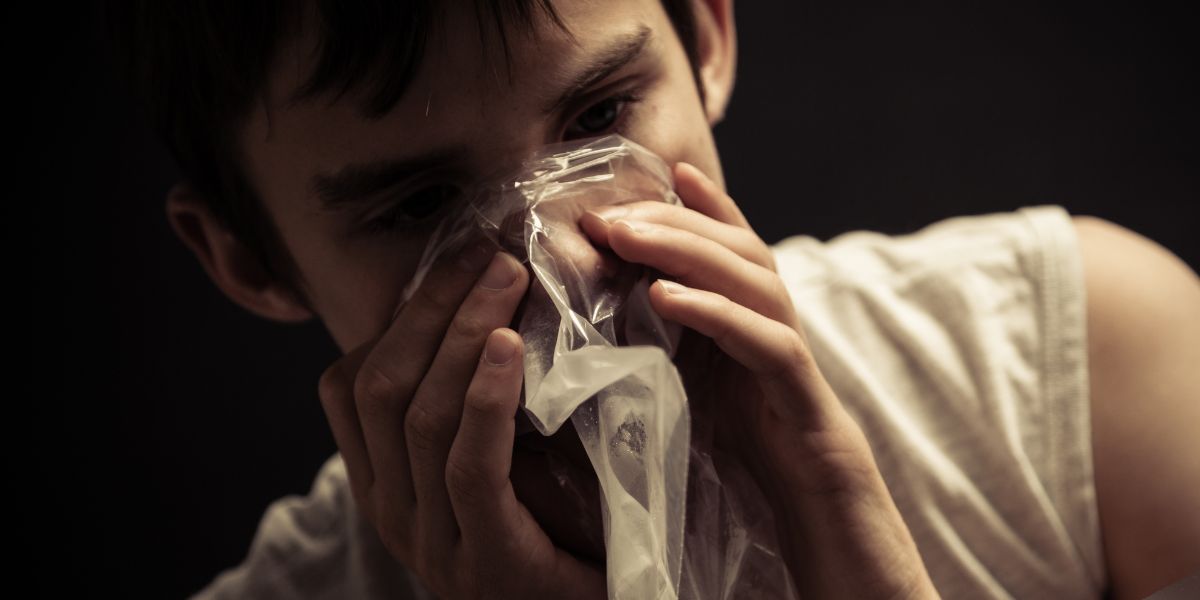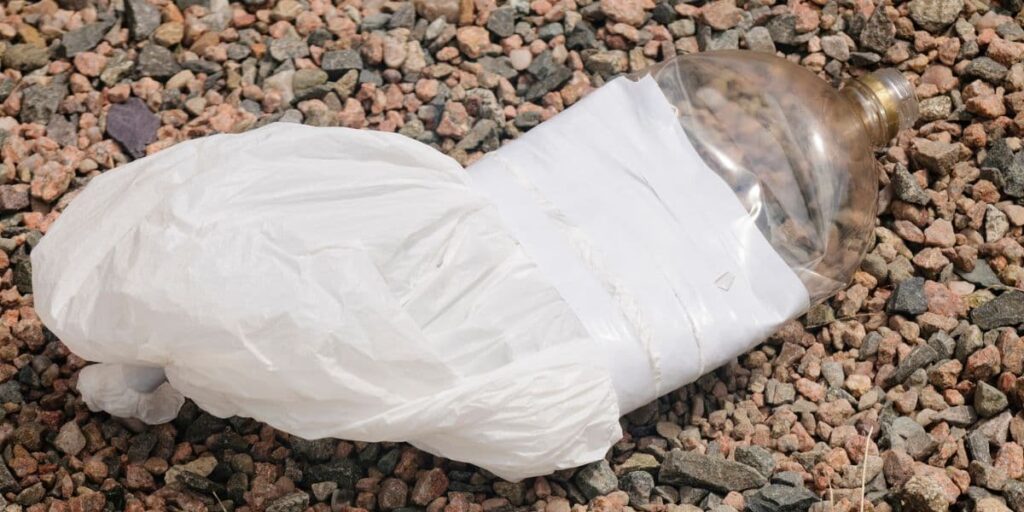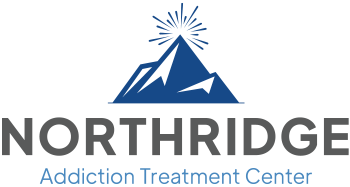Huffing: The Abuse of Inhalants

Inhaling vapors, commonly known as “huffing,” from everyday household items such as cleaning agents, nail polish remover, spray paints, paint thinners, and aerosol products induce a state akin to drunkenness characterized by slurred speech and impaired coordination.
Because the high from inhalants doesn’t last long, people often keep inhaling them, which can be dangerous. They risk “huffing death” or sudden sniffing death syndrome, as well as becoming addicted.
In 2021, the National Survey on Drug Use and Health (NSDUH) found that 2.2 million people aged 12 and older used inhalants in the past year.
What Is Huffing?
Huffing commonly refers to various forms of inhalant abuse. However, the National Institute on Drug Abuse (NIDA) specifically defines huffing as the act of inhaling vapors from toxic chemicals absorbed by chemical soaked rags, with users drawing the fumes through their nose or mouth.
The NIDA explains how people can use inhalants, like huffing, in various ways.
- Huffing: This process involves drawing the substance into the lungs through a piece of fabric
- Bagging: This technique involves breathing in the substance through a paper or plastic bag
- Sniffing or Snorting: This is accomplished by directly inhaling from the substance’s packaging
- Spraying: This involves dispersing the substance into the oral or nasal cavity

Inhalant Drugs
Inhalants are volatile solvents that emit toxic fumes, which can be inhaled to achieve psychoactive and euphoric effects. They are termed inhalants due to their primary method of use— through inhalation.
There are four types of inhalants: solvents, gases, aerosol sprays, and nitrtes:
- Solvents: These are readily available and commonly abused liquids such as gasoline, glue, degreasers, liquid felt-tip markers, and white-out.
- Aerosol sprays: This group encompasses aerosol paint, hairsprays, aerosol deodorants, cooking sprays such as vegetable oil, and textile protection sprays.
- Gases: These include both commercial and household products, including nitrous oxide, laughing gas, and chloroform. Common household items like butane, propane tanks, and whipped cream dispensers, often referred to as taking a “whippet,” are also included.
- Nitrates: Unlike the other categories, nitrates are used to enhance sexual pleasure and are typically sold in small bottles as room odorizers, leather cleaners, or liquid aromas.
Signs of Huffing
Signs of huffing or inhalant abuse may include:
- A chemical scent on garments or exhaled air
- Marks of paint on garments, facial skin, or palms
- Slowed reflexes
- Difficulty paying attention
- Slurred speech
- Red eyes and a runny nose
- Mood swings or irritability
Effects of Huffing
Inhaling substances can harm the whole body. The body quickly absorbs them through the lungs into the bloodstream, and they then spread to the brain, spinal cord, and other organs.
Research shows that inhaling substances is extremely dangerous, causing lasting damage to the brain and nervous system.
Huffing Short-Term Effects
Huffing produces pleasurable effects by depressing the central nervous system and dilating blood vessels, though these sensations are fleeting. Inhalant use can quickly make you feel high, similar to being drunk. It starts with feeling excited and then leads to decreased abilities.
The short-term effects of huffing are:
Huffing’s short-term effects include:
- Experiencing disorientation and extreme confusion
- Lack of coordination
- Sensing dizziness
- Feeling drowsy
- Experiencing nausea and vomiting
- Having slurred speech
- Experiencing muscle weakness
- Feeling extremely lethargic
- Suffering from headaches
- Displaying clumsy movements
- Exhibiting aggressive behavior
Huffing Long-Term Effects
Inhalants impact the central nervous system by diminishing brain activity.
Persistent inhalant use can lead to serious health issues, such as:
- Decreased auditory and olfactory functions
- Impaired memory
- Liver and kidney impairment
- Damage to bone marrow
- Irregular cardiac rhythms
- Dependency and addiction
- Risk of coma
- Permanent damage to the brain
- Heart failure because of sudden sniffing death syndrome

Withdrawal Symptoms of Huffing
Continuous inhalant use can lead to a mild withdrawal syndrome characterized by various symptoms, including:
- Nausea, perspiration, and abdominal cramps
- Decreased appetite
- Sleep disturbances
- Migraines
- Trembling or shakiness
- Visual hallucinations
- Spots in your vision
- Mood swings
Inhalant Abuse Treatment at Northridge Addiction Treatment Center
Teaching kids about the risks of huffing and inhaling chemicals is important to stop them from doing it as adults. If you are addicted to inhalants and need help, there are treatment options available. These options are caring and effective for substance abuse.
Northridge Addiction Treatment Center uses proven methods and therapies based on research to help with substance abuse and mental health issues. Research has shown that behavioral therapy is the most effective form of treatment for inhalant abuse and other addictions to drugs and alcohol.
NATC offers evidence-based therapies, such as cognitive behavioral therapy (CBT). These treatments help people recognize, avoid, and handle triggers and tough situations. The aim is to build coping skills. Our proficient and certified group of experts offers empowering assistance and empathy to every resident.
Contact us today to sow the seeds of sobriety and attain the drug-free life you deserve. Our treatment specialists are ready and eager to assist you.
Find Meaningful Recovery
Our caring and compassionate specialists are eager to help you comfortably navigate this journey to recovery. Our individualized treatment plan, programs, and therapies may be a perfect match for you or your loved one. Let us assist you in living the happy life you deserve. It starts with a phone call.




